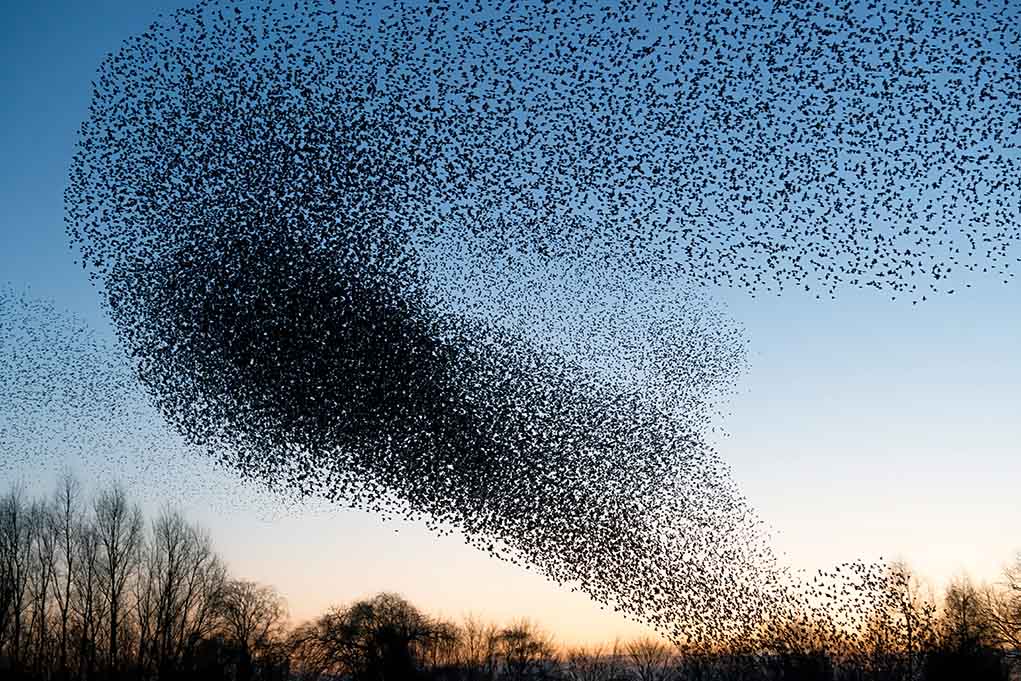
The D1.1 bird flu strain has raised alarms with its cross-species transmission, affecting cattle in Nevada and resulting in a human fatality in Louisiana.
Key Takeaways
- Four cattle herds in Nevada tested positive for the D1.1 strain of H5N1 bird flu.
- D1.1 is linked to a fatal case in Louisiana and is prevalent in wild birds and poultry.
- The D1.1 strain challenges previous beliefs regarding bird flu spillover into cattle.
- The USDA continues its existing HPAI eradication strategy despite the new strain.
- Nevada reported hundreds of cow herds infected, with symptoms in cows mirroring earlier cases.
Discovery of D1.1 in Cows
At least four cattle herds in Nevada have been confirmed to carry the new D1.1 strain of H5N1 bird flu. This marks the first time such a strain has been identified in cows. The United States Department of Agriculture (USDA) confirmed this unexpected discovery through its National Milk Testing Program, which frequently tests milk samples across 38 states. The virus was particularly prevalent in Churchill County, Nevada, where these herds are currently quarantined.
Alongside detection of D1.1 in cattle, reports of respiratory symptoms among the cows, such as fever, reduced feed and milk production, and mild respiratory signs, suggest significant adverse effects. Ciara Ressel, a spokesperson for Nevada’s Agriculture Department, detailed that these symptoms are similar to those seen in previous cases involving the B3.13 strain.
D1.1 and Human Risk
The human fatality linked to D1.1 in Louisiana underlines the strain’s potential threat beyond animals. D1.1 has resulted in severe human symptoms, unlike the milder cases caused by other strains like B3.13. The Centers for Disease Control and Prevention notes that out of the 67 human bird flu cases reported since 2024, 40 were linked to exposure through dairy cows, highlighting cattle as a major concern.
“Symptoms of H5N1 D1.1 have been similar to the detections of B3.13. These include fever, reduced feed consumption, reduced milk production and mild respiratory signs (coughing, sneezing, runny nose)” – Ciara Ressel, Nevada Agriculture Department spokesperson
Nevada’s Agriculture Department assures the public that the human risk remains low and stresses the need for stringent biosecurity measures in preventing the spread of the virus. Enhanced protocols are essential to protect both animal and worker safety, reiterating the importance of strategic monitoring and response.
Economic and Strategic Implications
The emergence of D1.1 in dairy herds underscores the unpredictability of the H5N1 virus, raising concerns for the dairy industry’s stability. Egg prices have already been affected due to spillover into chickens, while the potential impact on the beef market is yet to be fully understood. John Korslund emphasized this pressing issue, calling it an “unfolding nightmare” given the unknown extent of spread among cattle herds and cross-species contacts.
“I think many of us, including myself, thought that the first introduction was sort of a fluke” – Seema Lakdawala
This development demands decisive action, including a call for a bovine vaccine to prevent further spread. The USDA may need to revisit its approach, as existing strategies remain unchanged despite these new challenges. Continued research is vital, with investigations into the transmission pathways of D1.1, including theories of infection from nonnative European starlings, being critical to containing future outbreaks.
Sources
1. Deadly version of H5N1 bird flu spills over into Nevada dairy cattle















